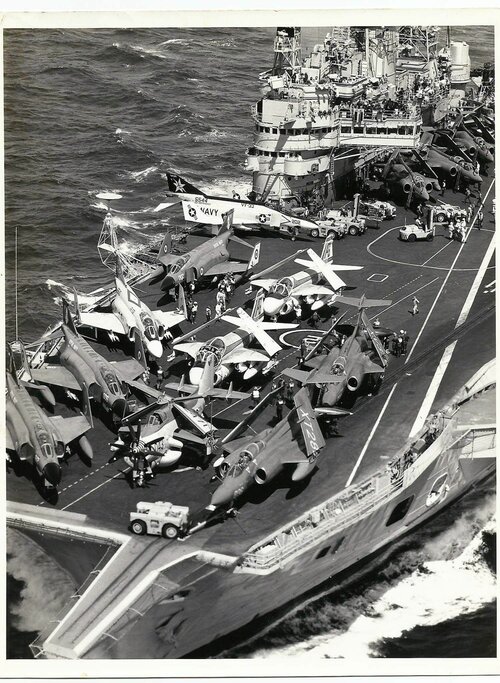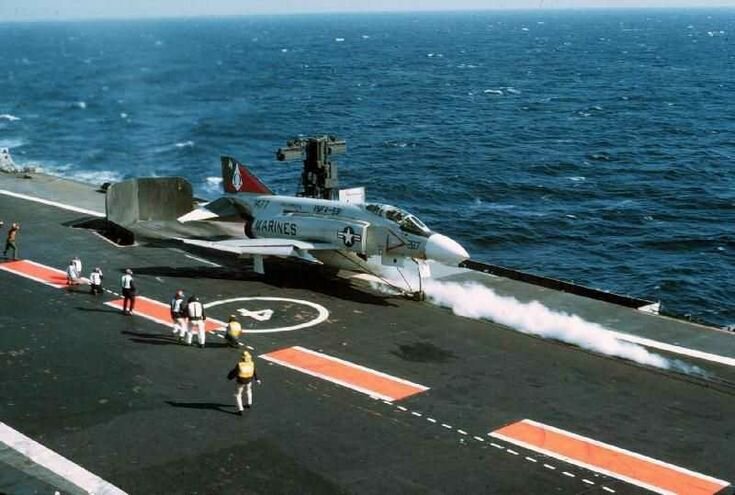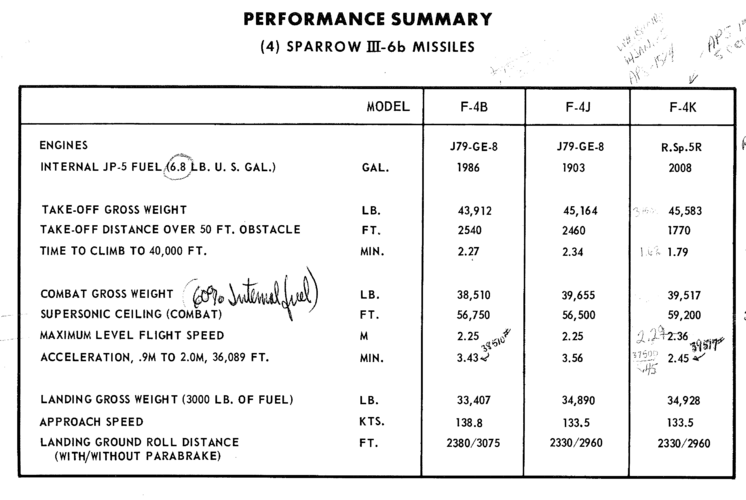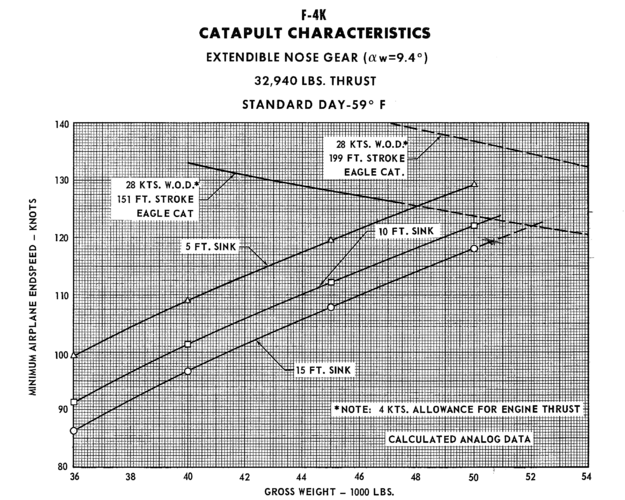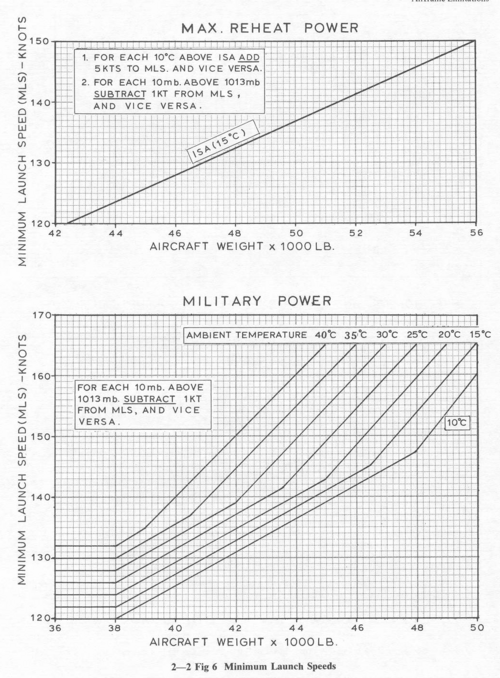Rule of cool
ACCESS: Top Secret
- Joined
- 16 January 2024
- Messages
- 501
- Reaction score
- 646
I'm putting this here because the premise is alternate reality.
Its a world where the RN focuses on its big carriers, Eagle rebuilt as per normal, Ark Royal getting its 'Phantom' refit starting in 1964 and CVA01 & 02 getting started as soon as the Fearless class are off their slips at JB and H&W. Additionally the RAF went with the Lightning for its 1958 fighter-bomber requirement, so there is no P1154 leaving the RN with a requirement for a Sea Vixen replacement with no convenient British type to do it but no burning desire to Anglicise something foreign.
What is the closest the RN can get to a Military Off The Shelf Phantom buy, starting in about 1963? Without having to worry about the Hermes and Vic does the Spey need to be fitted? IIUC the extended nose oleo and drooping airlerons were McD ideas not adopted for the USN. What about the 'bring back' requirement for ordnance, is the F4Js capability enough for this?
Its a world where the RN focuses on its big carriers, Eagle rebuilt as per normal, Ark Royal getting its 'Phantom' refit starting in 1964 and CVA01 & 02 getting started as soon as the Fearless class are off their slips at JB and H&W. Additionally the RAF went with the Lightning for its 1958 fighter-bomber requirement, so there is no P1154 leaving the RN with a requirement for a Sea Vixen replacement with no convenient British type to do it but no burning desire to Anglicise something foreign.
What is the closest the RN can get to a Military Off The Shelf Phantom buy, starting in about 1963? Without having to worry about the Hermes and Vic does the Spey need to be fitted? IIUC the extended nose oleo and drooping airlerons were McD ideas not adopted for the USN. What about the 'bring back' requirement for ordnance, is the F4Js capability enough for this?

